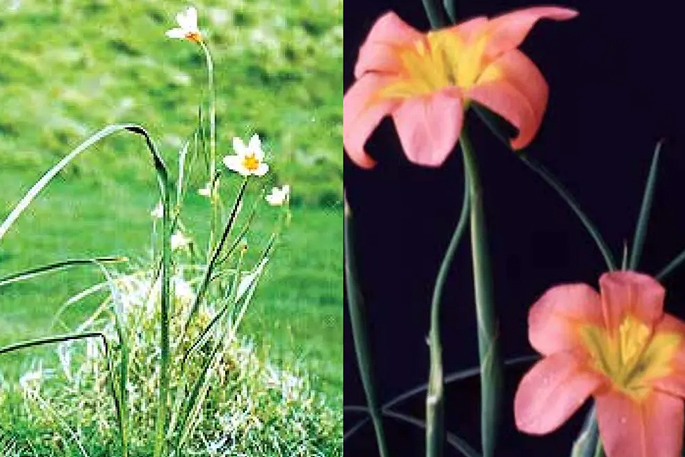Farmers and keen gardeners are being asked to keep an eye out for a poisonous pest plant that will bloom in June.
Native to South Africa, Cape Tulip - which has distinctive salmon pink flowers with a yellow centre - is toxic to both humans and livestock.
It has been in Aotearoa since the 1940s and was recognised as a noxious plant in 1978, banned from sale, propagation and distribution.
Since then, the more than 500 sites infected with the flower have been whittled down to 29 that Biosecurity New Zealand is aware of. Ten of those sites are in Marlborough Sounds, and just recently three plants were found in a Canterbury garden.
Spokesperson John Sanson says cape tulips produce both corms, which can rapidly multiply and spread, and between 3000 and 6000 seeds per plant.
"Like most of the invasive species we deal with, it can be tricky to control and get every last plant. With the corms and seeds it can be hard to get every last bit - it can take several years to treat a site.
"Plants and flowers appear between June and December, so it's a perfect time for people to familiarise themselves with what it looks like."
Symptoms of Cape Tulip poisoning for humans include gastroenteritis, thirst, paralysis, blindness, and heart and kidney failure.
John says it's in farmers' best interests to report findings as the plant was toxic to livestock.
"At the extreme end it can cause some quite significant problems and cause heart and kidney failure, blindness but we're not aware of any recent reports of mortality or anything like that."
He says anyone who spots Cape Tulip should report it to Biosecurity New Zealand's exotic pest and disease freephone 0800 80 99 66. Staff will come and take care of it.
"We don't want people digging it up or, you know, trying to spray or remove these plants themselves, given the nature of it."



0 comments
Leave a Comment
You must be logged in to make a comment.